Why Tokyo’s tropical islands are its best-kept secret
From hot springs and hiking to active volcanoes and snorkelling, Tokyo’s islands are its most precious gem.
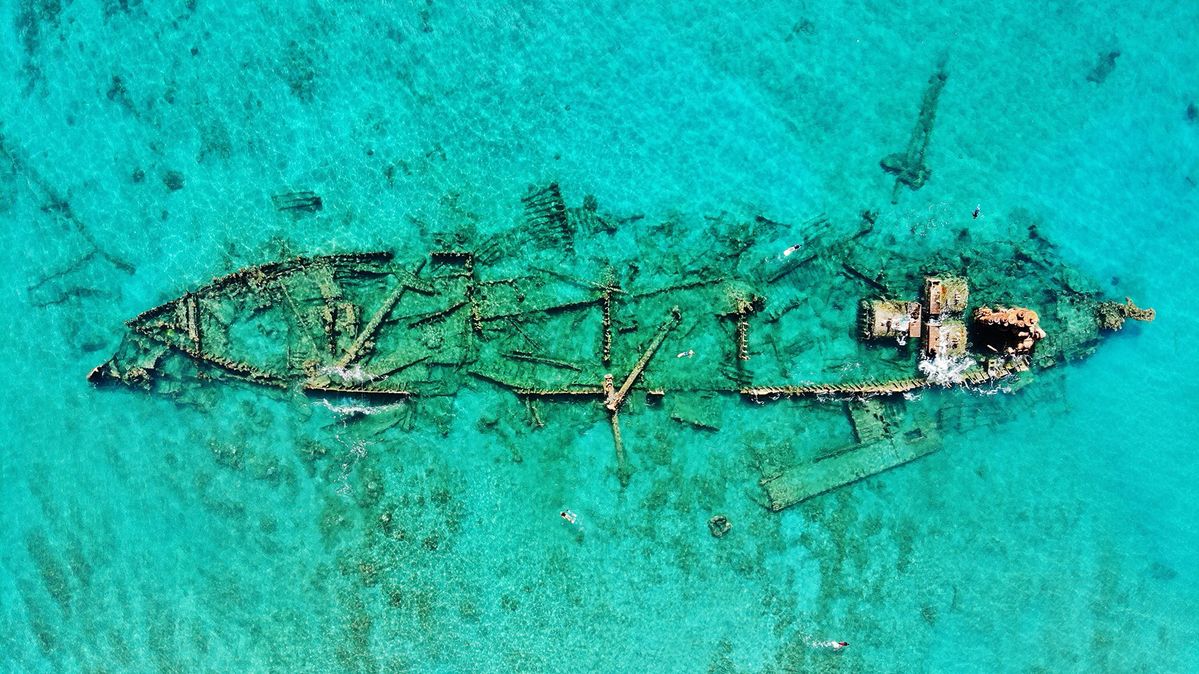
Travellers are well-versed in the delights of Tokyo, from hole in the wall bars in Shinjuku to the serene Meiji Shrine in Yoyogi Park. Then, there’s its volcanic islands – pristine oases of sandy beaches and forested hills.
Don’t quite recall the latter on your last trip? There’s a good reason for that. Because, while technically part of greater Tokyo, these beauties actually stretch up to 1,000 kilometres south east from Japan’s main island, Honshu.
They offer a very different experience to the ‘Golden Triangle’ route of Tokyo, Kyoto and Osaka as well – one where nature is front and centre. That’s not to say it doesn’t all feel distinctly Japanese. It does, but with a salt-sprayed twist.
Within the Tokyo islands group is the rugged Izu chain, closest to Honshu and adored for its hot springs, hiking and surf, followed by the UNESCO listed Ogasawara (also referred to as the Bonin Islands). The latter is known for its staggering biodiversity, not to mention its unusual underwater-aged rum.
With well-oiled ferry routes to and between the islands (save for the far flung Ogasawara, which takes up to 24 hours to reach via a single weekly service), they’re ideal for repeat visitors to Japan.
But first, you need to decide where to go.
Scale an active volcano before exploring Japan’s only desert
If you only have a limited amount of time to get away from downtown Tokyo, the Izu group is your best option. You can reach the first in under two hours by ferry, while leapfrogging to several others can be done in around 25 minutes a pop.
Oshima is the biggest and closest to the mainland – less than an hour flight. It’s also the most set up for visitors, not only with its many hot springs and hotels but a spider web of scenic hiking trails criss-crossing the island. And at its heart, an active volcano: Mount Mihara.
Yet it’s not just visits to Mihara’s summit that deserves attention (though the view is a very good drawcard, indeed). It’s also where you’ll find Ura-Sabaku – Japan’s only desert.
Don’t let the word ‘desert’ trip you up. There are no camels or oases here. Instead, the scorched, moonlike surface falling down the volcano’s sides is composed of hardened lava deposits.
Foliage is scarce, which also adds to the photographic appeal.
Of course, not all islands are like Oshima. Each of the dozen or so dotted along the Izu chain has its own distinct character and appeal, from the lush, bicycle-friendly Shikinejima to the dolphin-watching mecca of Toshima.
Catch some waves in the clear blue water in the Izu Islands
Niijima is arguably the best-known of the Izu islands – particularly among surfers. Its rolling waves and long swathes of white beach are so good, in fact, the island hosts a stage on the annual Sawakami Japan Pro Surfing Tour.
There are multiple hot springs too, including the Grecian ruin-inspired Yunohama Roten Onsen, located near the port on the west coast. It affords great views and is also free to enter.
Aforementioned Shikinejima is a perfect day trip from Niijima, albeit it’s much less developed. Think of it as Japan’s version of Rottnest Island, minus the quokkas and West Australians.
Roads are few but trails are plentiful, making bicycles or on foot the only way of getting around. This minimalist, one traffic light schtick is part of its charm. It’s also how you’ll access the Tokyo island’s most beautiful beach: Tomari Beach.
Tucked away at the northern corner of the island, Tomari is a sheltered half moon stretch of sand, hugged by greenery and known for its turquoise waters. Snorkelling is a must.
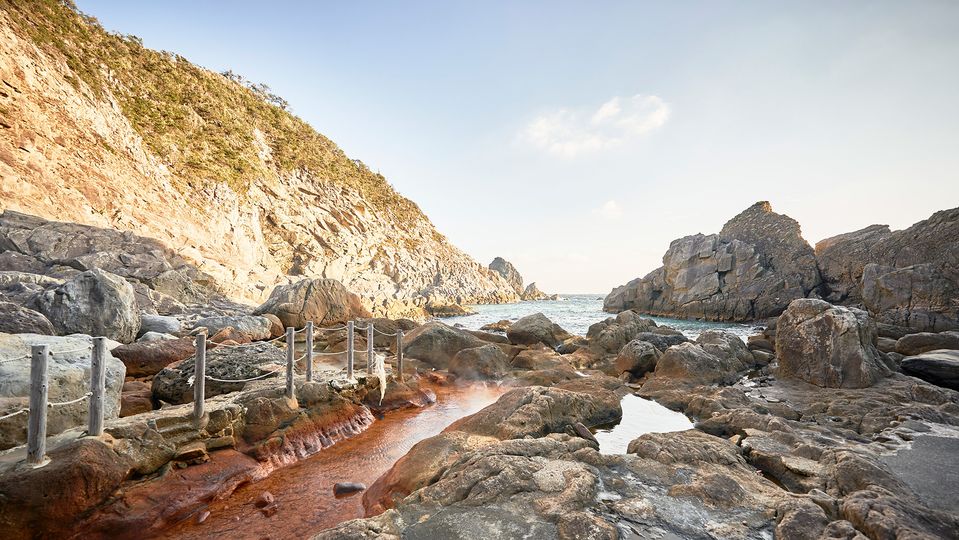
TCVB Tokyo Convention & Visitors Bureau
Explore the depths with incredible visibility
Travelling deeper along the chain brings you to Hachijojima Island, blessed with a balmy tropical climate and clear waters teeming with fish and corals. Needless to say, it’s a dive mecca.
Visibility in the summer months floats around 30m, with regular sightings of hammerhead sharks and other big migratory fish, while winter sees visibility dip to a still-impressive 15m. Humpback whales and a rainbow of nudibranchs are two of the wintry highlights.
Hachijojima also boasts great hikes up Mount Hachijo-Fuji, the tallest peak in the Izu chain. Your reward for the exertion? Views across rugged mountains and lush grasslands to the ocean.
Japan’s answer to the Galapagos Islands
Part of the magic of the Ogasawaras is simply getting to them. The only way to reach these 30-odd subtropical islands (of which just two are inhabited) is via a single weekly ferry, departing from Tokyo each Friday.
A late morning departure gives plenty of time to soak up view as you venture south. But on arrival the following day, the natural environment blows the rest out of the water – a UNESCO listed wonderland of exotic plants, birds and animal species.
Hahajima and Chichijima are the chief ports of call. You’ll find several accommodation options and tour operators eager to showcase the island’s staggering natural beauty up close.
Despite minimal roads, they’re relatively easy to explore. Each one is less than 25 sqm in size, with defined trails meaning you can get around on foot or by rented bicycle or scooter.
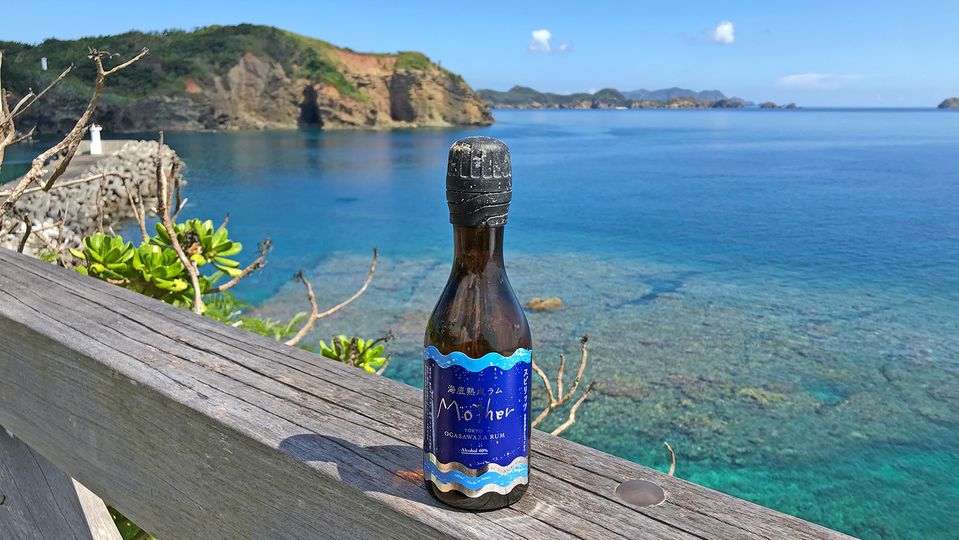
Ogasawara Hahajima Tourism Association
How do you fill the week between ferries? By doing whatever you feel, be it jungle trekking, lounging on beaches, seeking out rare wildlife like the Bonin white-eye songbird (only found on Hahajima), or snorkelling amid a rainbow of fish.
Large populations of dolphins also congregate around the islands, making them prime territory for viewing these intelligent creatures in the wild. Boat tours are readily available. Yet unlike your average tour, you can join them in the water for a swim.
No matter which of the Tokyo Islands you visit – the Izu or Ogasawara – it’s an adventure worth undertaking. Maybe not for your first time in Japan, but certainly on repeat visits when you want to reclaim that feeling of ‘newness’ or the unknown.
How to get there
The Izu Islands are easily accessible by ferry, while all but the most remote are also served by plane and helicopter. Most are less than an hour flight. The Ogasawara Islands are solely accessible via a ferry from Tokyo.
By ferry: With ferries to all islands, the Takeshiba Terminal in Tokyo is the best departure point for travel by sea. Ports in Yokohama and Shizuoka also operate select services for access from outside the capital.
High-speed ferries operate from Tokyo to Oshima and other less remote islands in as little as two hours, making even day-trips possible. Note that the ferry to the Ogasawara Islands operates only once a week.
By air: With the exception of Tokyo Haneda to Hachijojima, all commercial flights depart from Chofu Airport, on the outskirts of Tokyo, to the various islands.
Ailand Shuttle connects the islands by helicopter with Hachijojima as the base. Routes include Hachijojima to Aogashima, Hachijojima to Mikurashima, Oshima to Miyakejima, and Oshima to Toshima, all flying once a day.
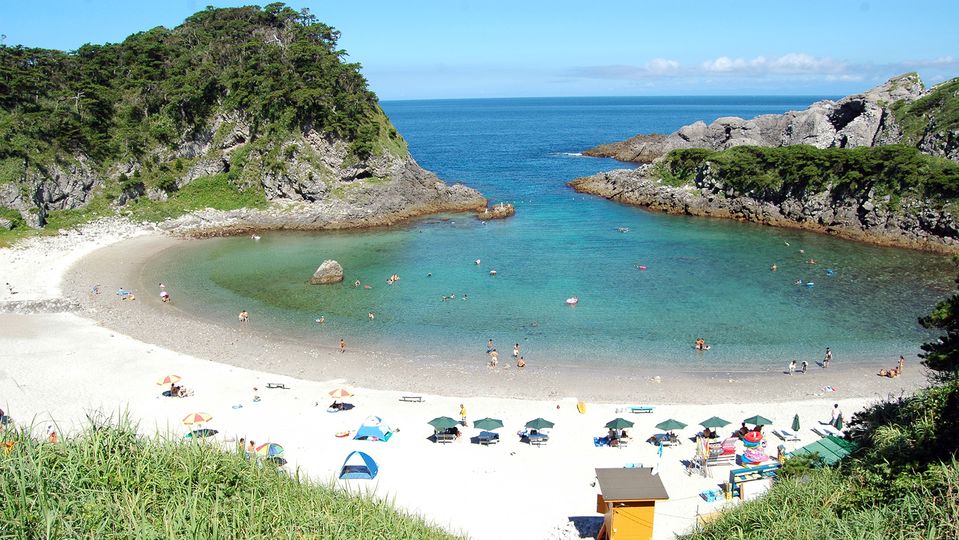
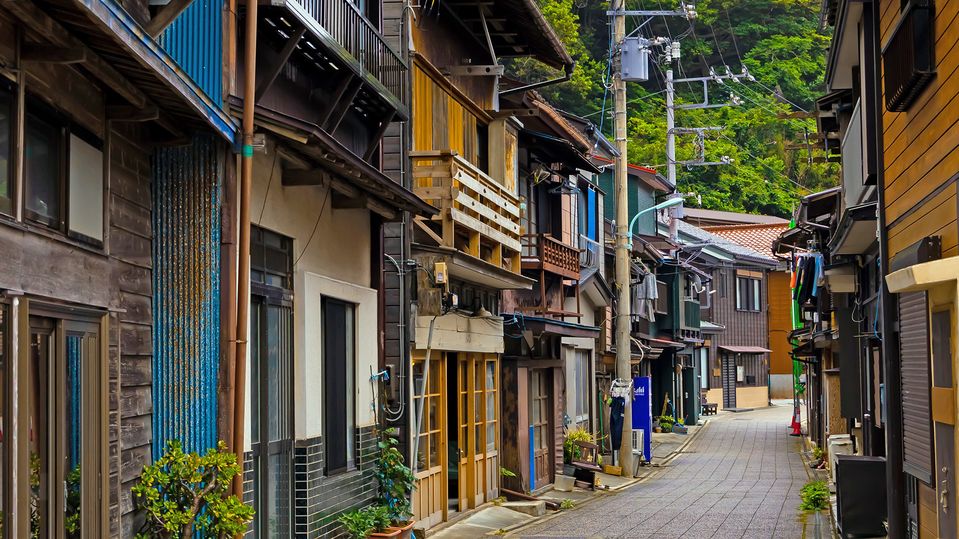
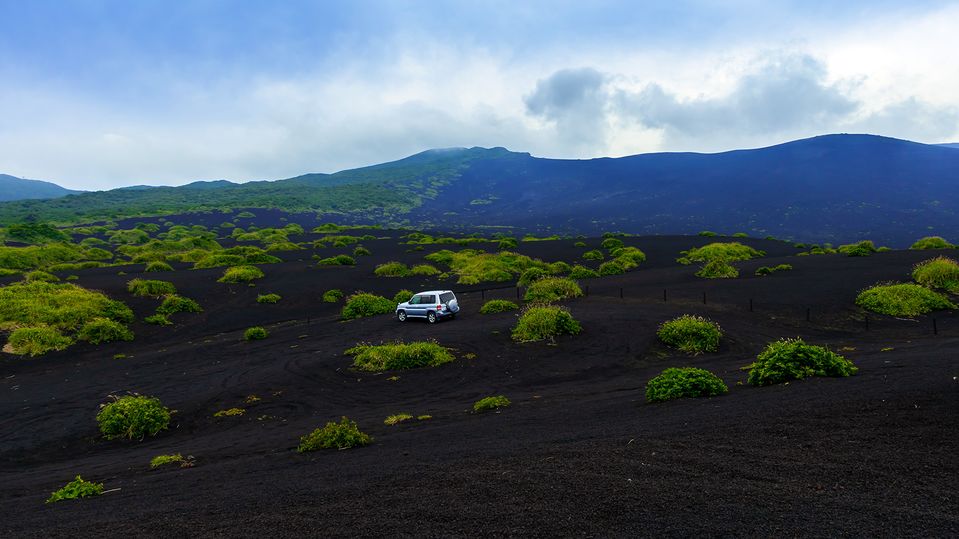
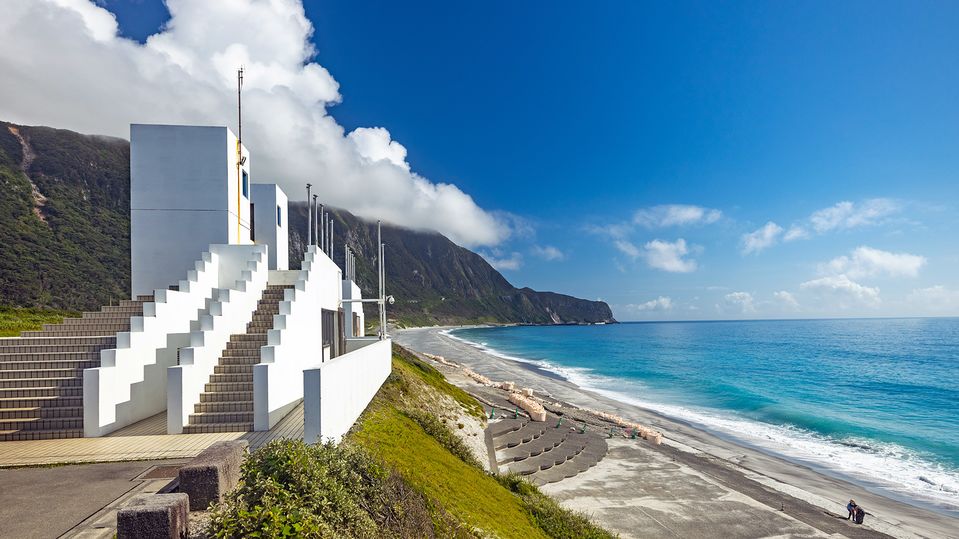
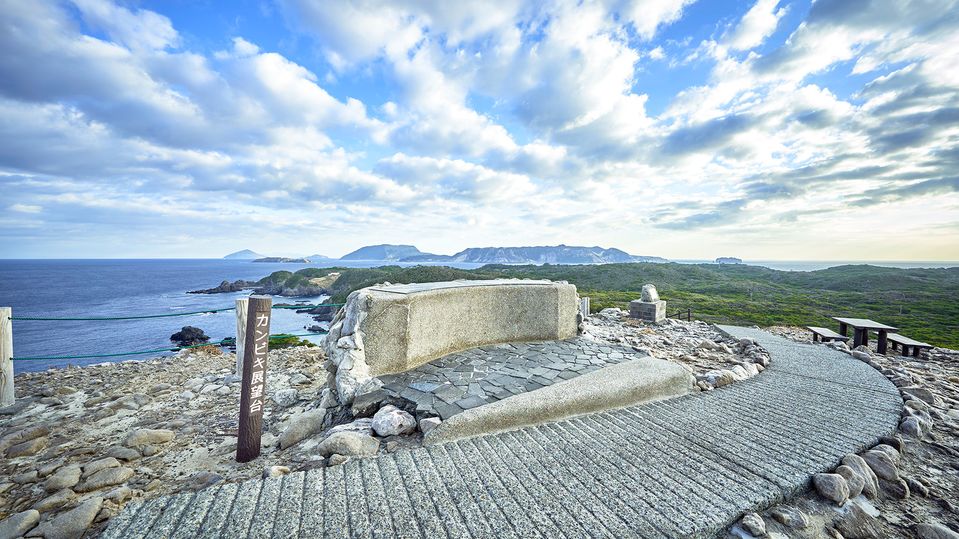
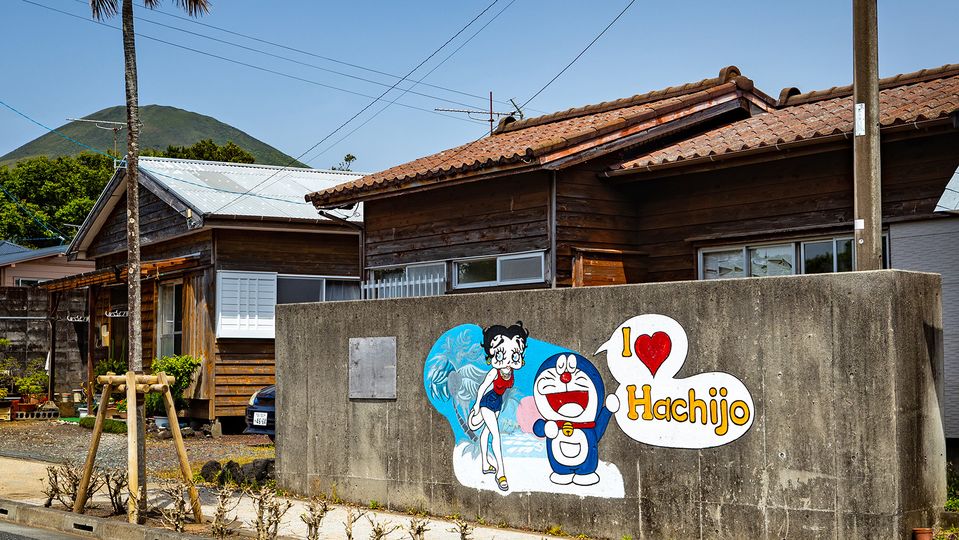
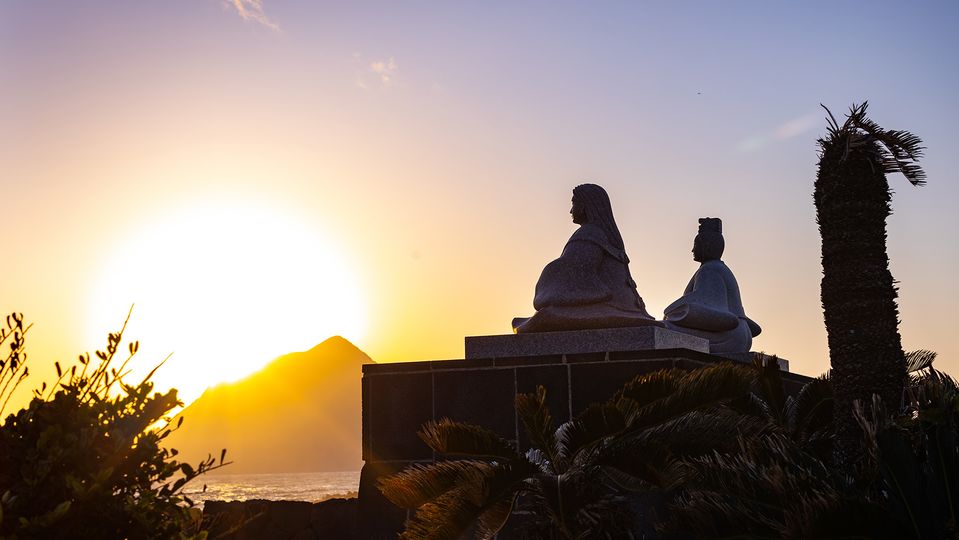
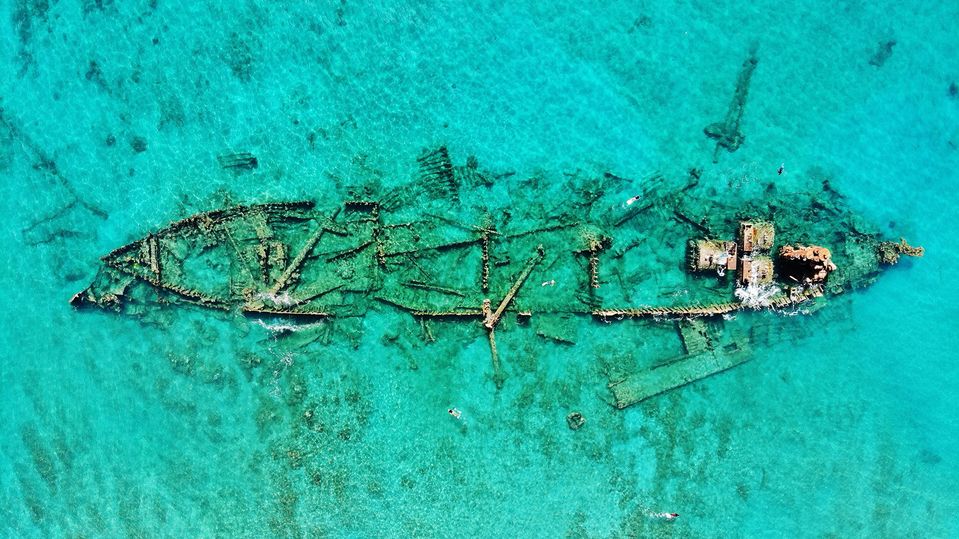
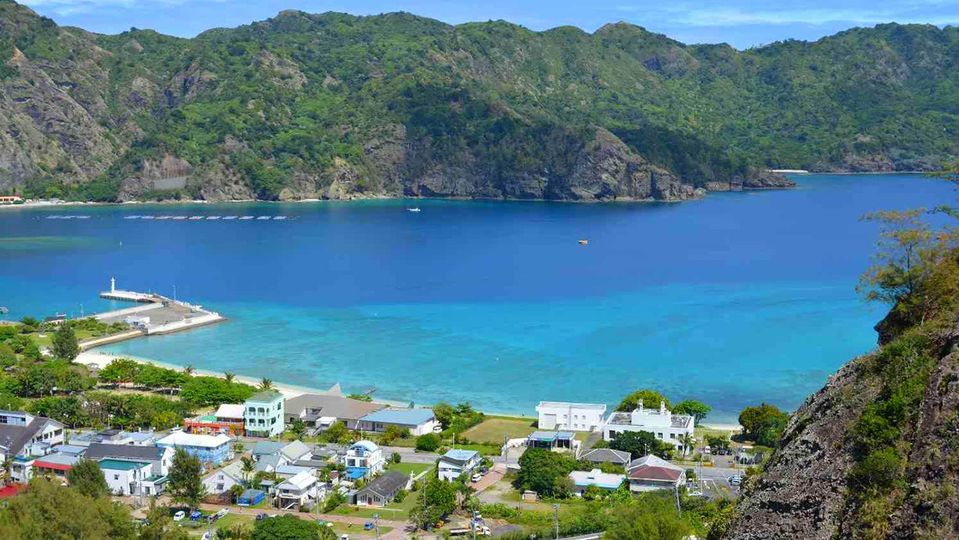
Hi Guest, join in the discussion on Why Tokyo’s tropical islands are its best-kept secret